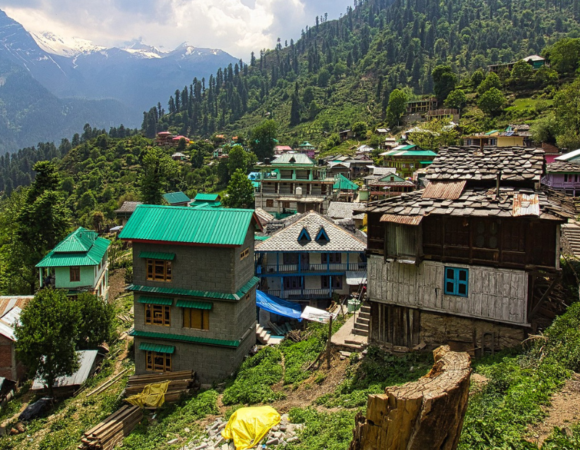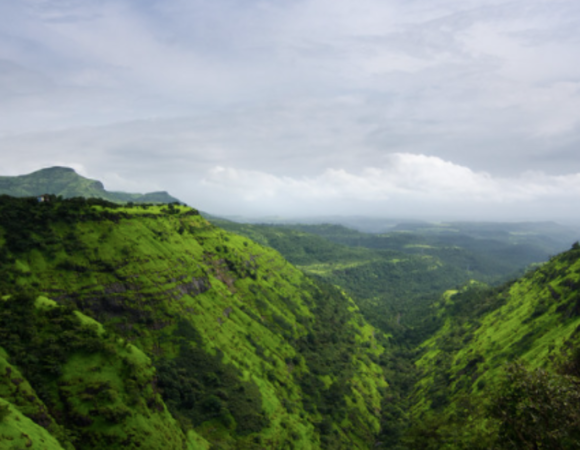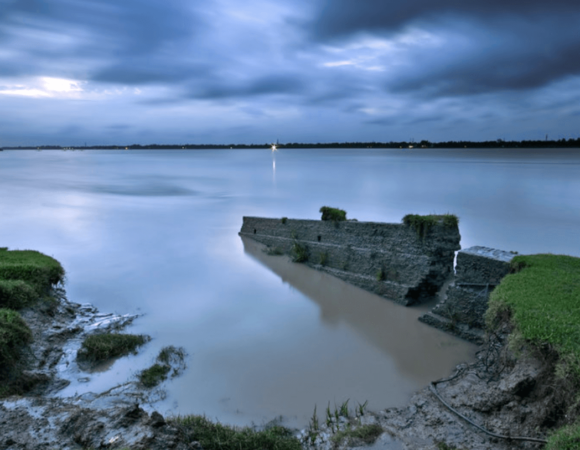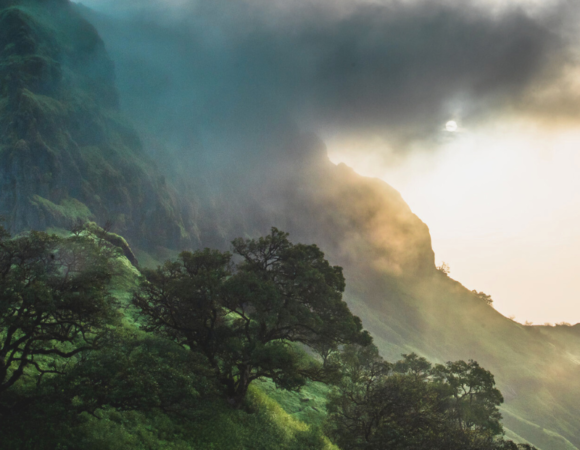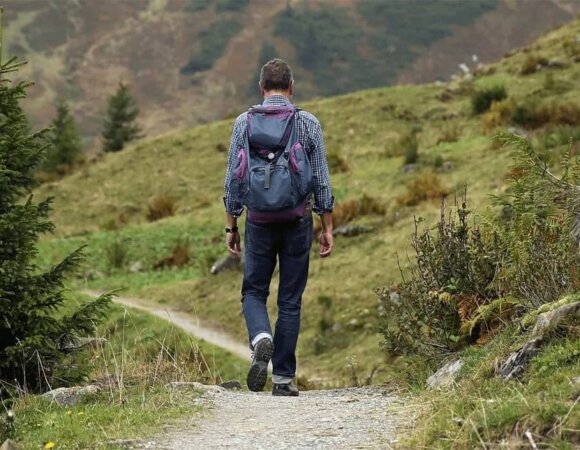How to Get Quality Sleep in a Tent During a Trek
How to get quality sleep in a tent during a trek requires preparation, proper gear, and smart techniques. This guide covers everything from choosing the right equipment to creating optimal sleeping conditions in the wilderness.
Table of Contents
ToggleA good night’s sleep is crucial during a trek. But sleeping outdoors in a tent comes with its own set of challenges—cold weather, uneven ground, and unfamiliar sounds. Knowing how to get quality sleep in a tent during a trek can make a huge difference in your overall experience. With the right gear, setup, and routine, you can rest well and wake up feeling refreshed and ready for the next day’s adventure. In this guide, we’ll explore practical tips to help you get quality sleep in a tent, ensuring you stay energized and ready to tackle the trail.
Choosing the Right Tent and Sleeping Gear for Quality Sleep
When you’re out trekking, one of the most important things to consider is how to get quality sleep in a tent. Your tent and sleeping gear play a huge role in ensuring you rest well and wake up refreshed. Picking the right tent, sleeping bag, and pad will not only enhance your comfort but also ensure you stay warm, dry, and well-rested during your outdoor adventure. Here’s how to choose the right gear for your trek:
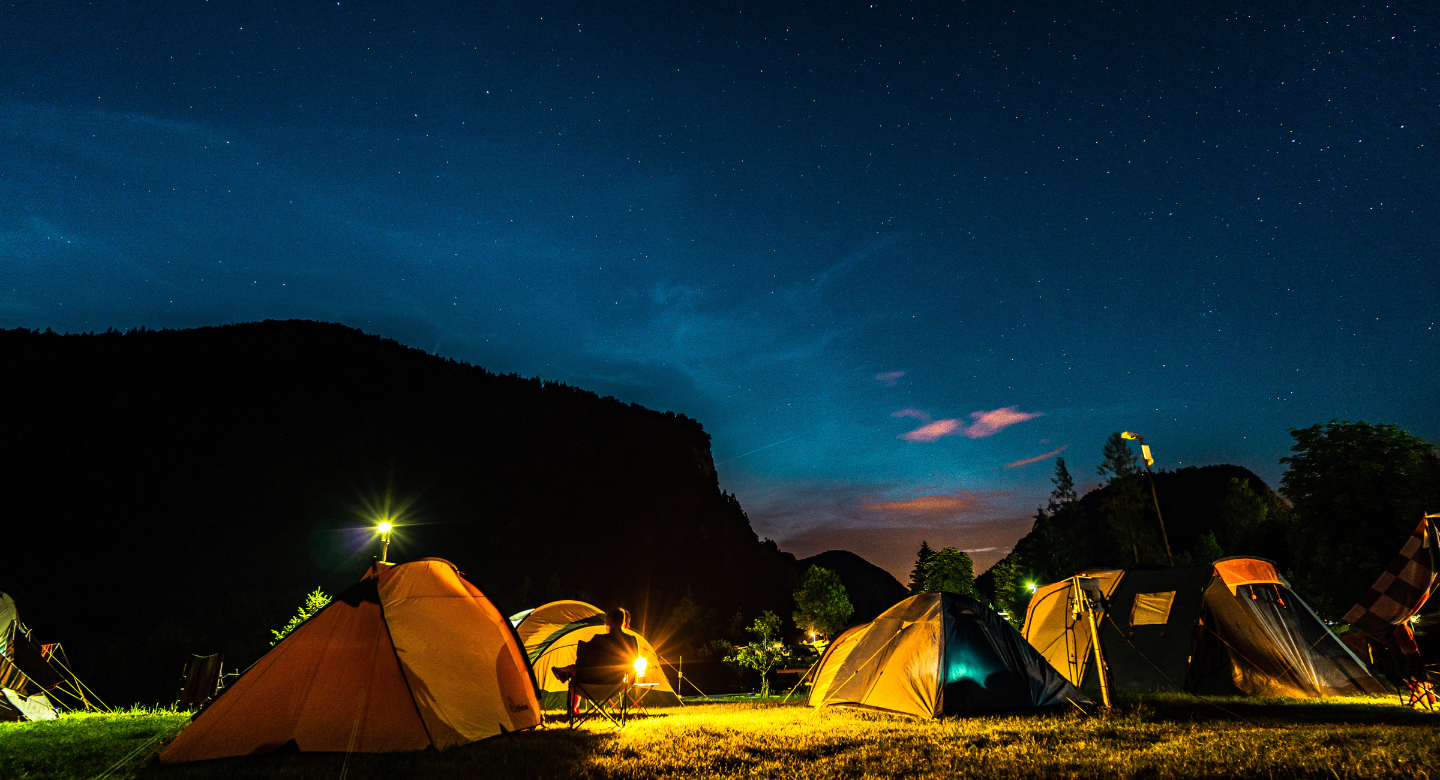
Pick the Right Tent
Size Matters
Choosing the right tent size is essential when it comes to getting quality sleep in a tent. You want enough space to stretch out comfortably, but not too much that it traps cold air, making you feel chilly during the night. A tent that’s too big might leave you shivering, while one that’s too small could feel cramped. Ideally, a two-person tent is great for solo trekkers, offering a balance between comfort and warmth. For groups, consider a slightly larger tent to allow for movement and storage of gear without losing the cozy feel.
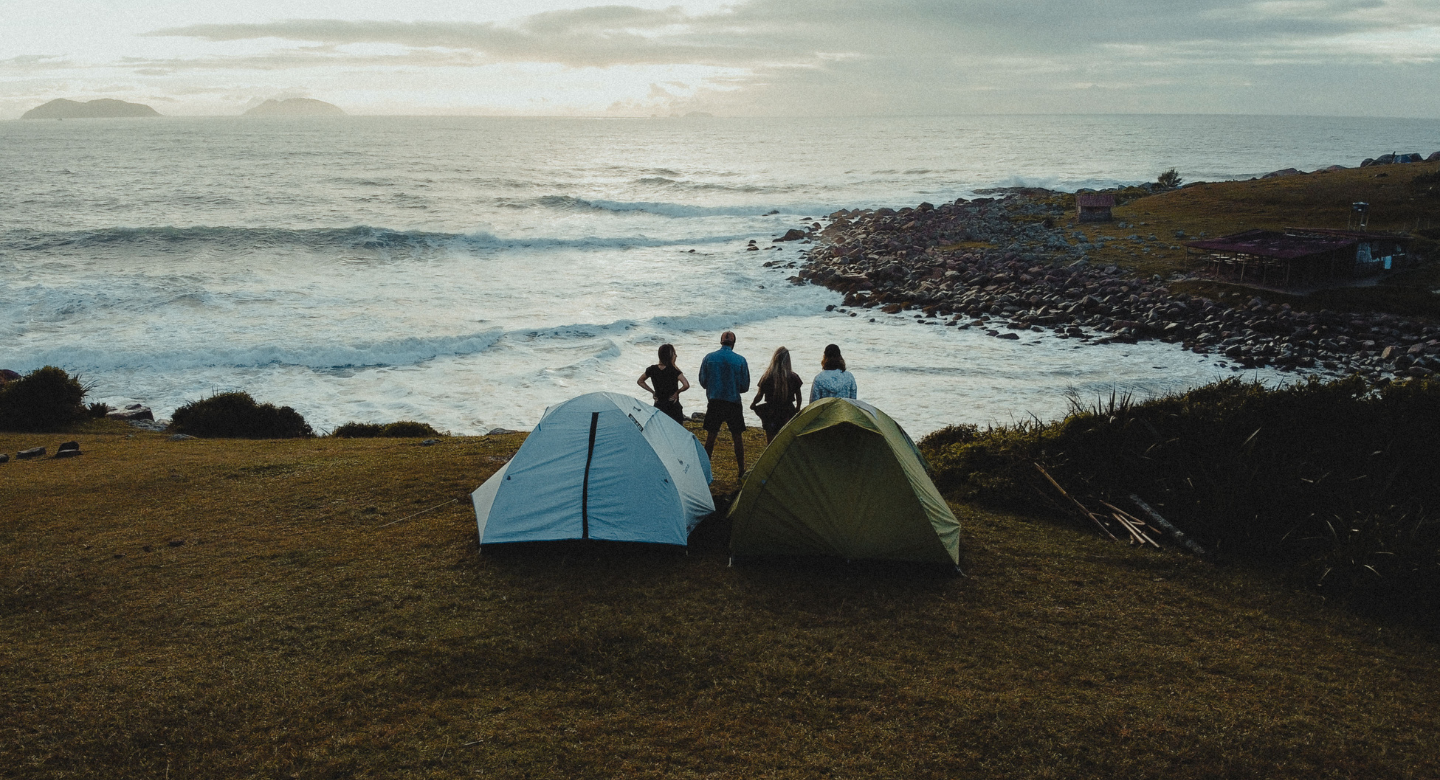
Seasonal Suitability
The type of tent you choose will also depend on the season and the conditions of your trek. For most treks, a three-season tent will suffice, as it’s designed to handle mild weather, rain, and wind. However, if you’re trekking in extreme cold or winter conditions, you’ll want to use a four-season tent. These tents are built to withstand heavy snow and high winds, providing you with extra insulation and stability.
Ventilation
When choosing a tent, look for mesh panels or vents to improve airflow. Proper ventilation helps reduce condensation inside your tent, which can make it damp and uncomfortable, ultimately disrupting your sleep. Fresh air flow can also help keep the temperature inside your tent more comfortable, especially during warmer months. A tent with adjustable windows or a flysheet that allows for ventilation is ideal for ensuring you get quality sleep in a tent.
Invest in a Good Sleeping Bag
Your sleeping bag is crucial when it comes to getting quality sleep in a tent. If your sleeping bag isn’t suited to the conditions, you could end up too cold or too hot to sleep comfortably. Here’s what to look for when choosing a sleeping bag:

Temperature Rating
Always choose a sleeping bag with a temperature rating that is lower than the expected nighttime conditions. This will ensure you stay warm even if the temperature drops unexpectedly. For example, if you expect temperatures around 40°F (4°C), choose a sleeping bag rated for 30°F (-1°C) to be on the safe side.
Shape Matters
Sleeping bags come in different shapes, each offering varying levels of warmth and comfort. Mummy bags are the best choice for insulation as they hug your body and retain heat, making them great for colder weather. If you prefer more space and movement, rectangular bags offer more room, though they may not trap heat as effectively as mummy bags.
Insulation Type
When it comes to insulation, you have two primary choices: down-filled or synthetic insulation. Down-filled sleeping bags are known for being lightweight, warm, and compact. However, they can lose their insulating properties when wet. Synthetic bags, on the other hand, perform better in damp conditions as they retain warmth even when wet, but they tend to be bulkier and heavier.
Use a Quality Sleeping Pad
A good sleeping pad is essential for getting quality sleep in a tent. It provides cushioning from the hard, uneven ground and insulates you from the cold. Here’s a breakdown of your options:

Foam Pads
Foam pads are an affordable and durable option. While they are generally heavier and bulkier compared to other types, they are nearly indestructible and provide solid comfort. They’re also great for adding extra insulation from the ground in colder weather. If weight and packing space aren’t a major concern, a foam pad is a reliable option.
Inflatable Pads
Inflatable pads are lightweight, compact, and provide excellent comfort. They offer a high level of insulation and cushioning, making them a great choice for trekkers who want a good night’s rest without the bulk. However, they can be prone to punctures, so it’s always a good idea to carry a patch kit in case of emergencies.
Self-Inflating Pads
Self-inflating pads are a hybrid between foam and inflatable pads. They combine the comfort and insulation of an inflatable pad with the durability and simplicity of foam pads. They’re easy to use—just unroll, open the valve, and let them inflate. They offer a good balance between comfort, convenience, and weight, making them a popular choice for trekkers seeking both comfort and practicality.
Setting Up the Perfect Sleeping Spot for Quality Sleep in a Tent
To get quality sleep in a tent, the environment you set up around you plays a huge role. Whether you’re camping in the woods or trekking through mountains, finding the right spot and preparing your tent properly can make all the difference between a restful night and a restless one. Here are some practical tips for setting up the perfect sleeping spot:
Find a Good Campsite

Flat Ground
One of the most important things to consider when choosing where to camp is the terrain. Always look for a flat, level area to set up your tent. Sleeping on sloped or uneven ground can leave you tossing and turning all night, and you may end up with aches and pains in the morning. Even a slight incline can cause you to slide toward one side of the tent, making sleep uncomfortable. If you must camp on uneven ground, try placing your sleeping pad and bag at an angle to compensate for the slope, but a flat spot is always your best bet.
Sheltered Area
If you’re trekking in areas with strong winds, it’s a good idea to find a sheltered area. Look for spots near natural windbreaks such as trees, rocks, or bushes. These will help block out gusty winds and prevent your tent from flapping in the breeze all night. Just be cautious of camping directly under a large tree where branches could fall—safety should always be a priority.
Away from Water Sources
While it might seem tempting to camp near a river, lake, or stream, it’s better to set up away from water sources. Being too close to water increases the chances of getting wet, especially if there’s a rainstorm, and it can also lead to increased condensation inside your tent. Plus, water sources often attract insects like mosquitoes, which can be disruptive to your sleep. Ideally, camp at least 200 feet (60 meters) away from any body of water to keep both your sleep and your gear dry.
Prepare Your Tent Properly
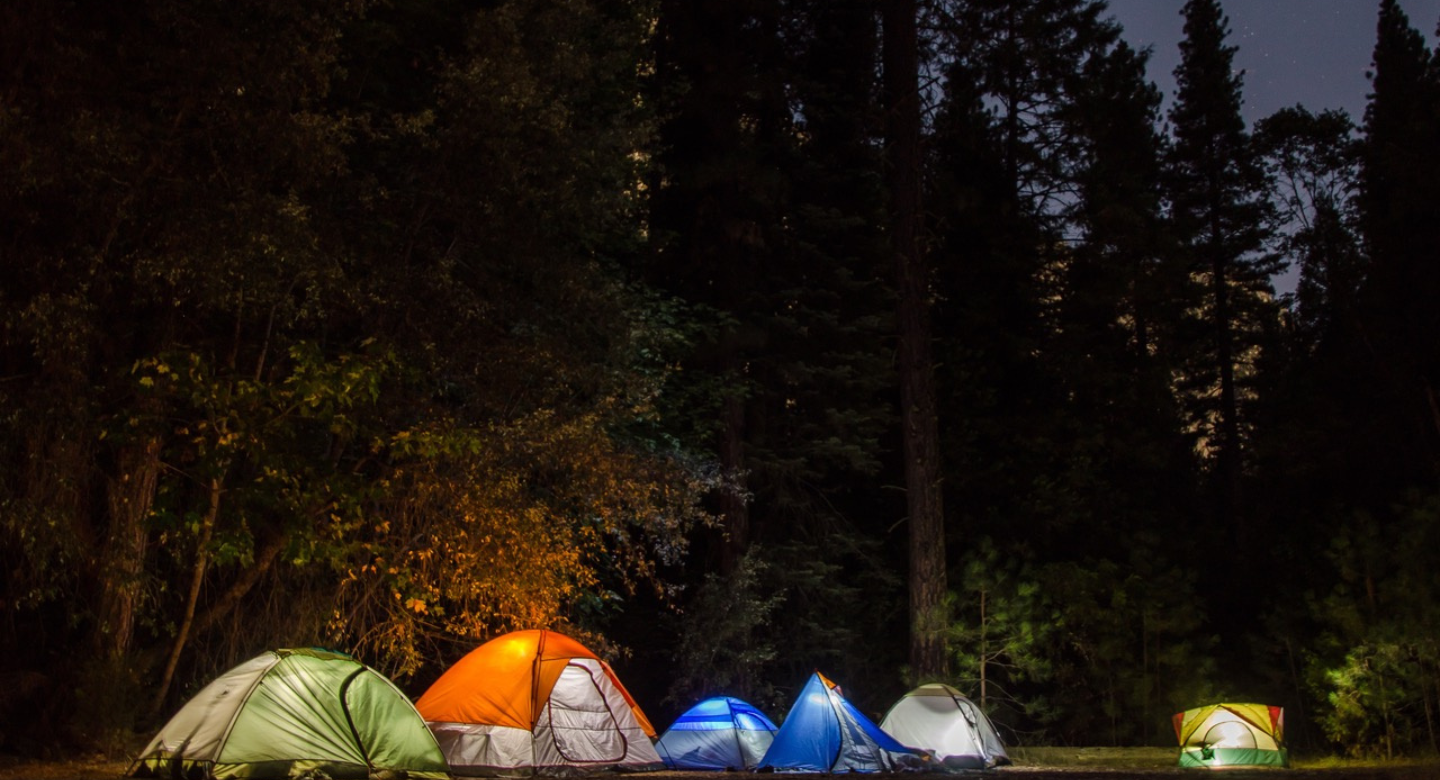
Clear the Ground
Before setting up your tent, take a few moments to clear the ground. This means removing any sharp objects like rocks, sticks, or debris that could damage your tent floor or cause discomfort while sleeping. You don’t want to wake up with an uncomfortable lump under your back, and you certainly don’t want anything sharp puncturing your tent. A little preparation goes a long way toward making your sleeping spot more comfortable.
Use a Groundsheet
A groundsheet or footprint is a thin, durable layer of material that you place underneath your tent. It helps protect the bottom of your tent from abrasion and moisture. A good groundsheet can keep water from seeping through the tent floor in case of rain, keeping you dry and comfortable. Even in dry conditions, a groundsheet can prevent dirt and debris from collecting inside your tent.
Stake Your Tent Securely
Once you’ve found the perfect spot and prepared the ground, make sure to stake your tent securely. This will prevent it from blowing away or shifting during windy conditions. Proper staking helps ensure your tent remains stable throughout the night, especially if the wind picks up. Pay attention to the direction of the wind when setting up your tent, and position the door or entrance facing away from the wind to reduce drafts. A stable, well-staked tent is key to a peaceful, uninterrupted sleep.
Dressing for a Good Night’s Sleep
The clothes you wear to bed can greatly influence your comfort and warmth during the night. To get quality sleep in a tent, it’s important to dress appropriately for the conditions.
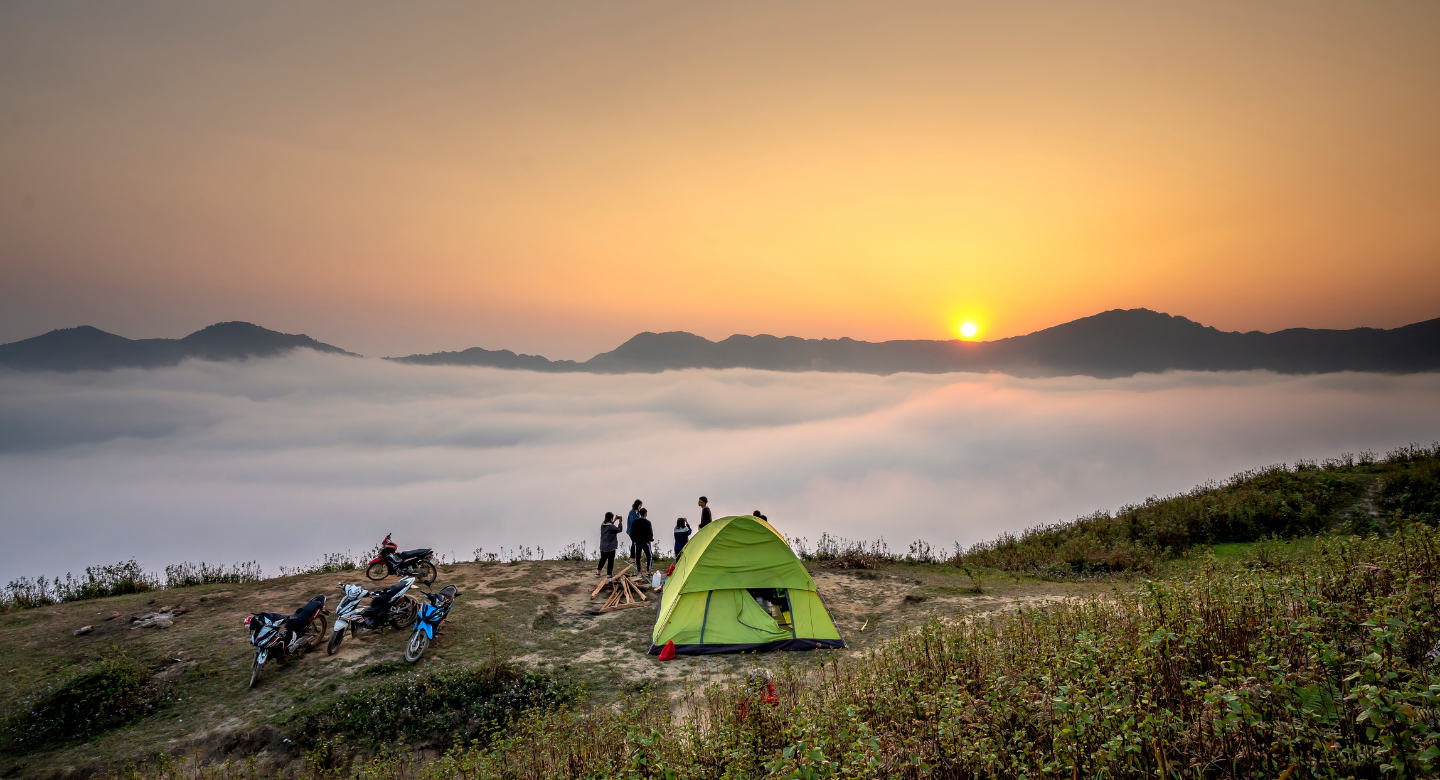
Wear Dry Clothes
Moisture is one of the biggest enemies of a good night’s sleep. Wet clothes make you colder and more uncomfortable, especially when you’re trying to sleep in a tent. Always make sure to change into dry clothes before getting into your sleeping bag. If you’re trekking in wet conditions, try to keep a set of dry clothes reserved for sleeping. If your clothes do get wet, make sure they dry out during the day before nighttime.
Layer Up
Rather than relying on a bulky jacket, opt for thermal layers to regulate your body temperature while you sleep. Base layers, like moisture-wicking long underwear, are great at keeping your body dry and warm. Insulating layers like fleece or down jackets are perfect for trapping heat. Layering gives you the flexibility to add or remove clothing as needed during the night to maintain the right temperature. Remember, you want to feel cozy, not overheated, so it’s all about balance.
Keep Your Head and Feet Warm
A lot of heat is lost from your head and feet while sleeping, so make sure to keep them warm. Wearing a beanie or a warm hat can prevent heat from escaping from your head and help keep you cozy. Similarly, thick socks or thermal liners will help keep your feet warm, especially if you’re sleeping in colder conditions. Warm head and feet will make a huge difference in how well you sleep in your tent.
Avoid Overdressing
While it’s important to stay warm, overdressing can backfire. Too many layers can cause you to sweat, which will make you feel cold later as the sweat evaporates. It’s important to find a balance: wear enough layers to stay warm, but not so many that you overheat. If you wake up feeling too hot, you can always unzip your sleeping bag or remove a layer, but it’s hard to cool down once you’ve become too bundled up.
Dealing with Sleep Challenges During Trekking
When you’re trekking, a good night’s sleep can be hard to come by, especially with the challenges that come with sleeping outdoors. Whether it’s the impact of high altitudes, unfamiliar sounds, or sleeping in a group camp, several factors can disrupt your rest. Understanding how to deal with these challenges can make all the difference in ensuring you get quality sleep in a tent and wake up refreshed for the next day’s trek.
Sleeping at High Altitudes
Sleeping at high altitudes comes with its own set of challenges. As you gain elevation, the air becomes thinner, which can affect your sleep and overall comfort. Here are some tips to help you adjust:
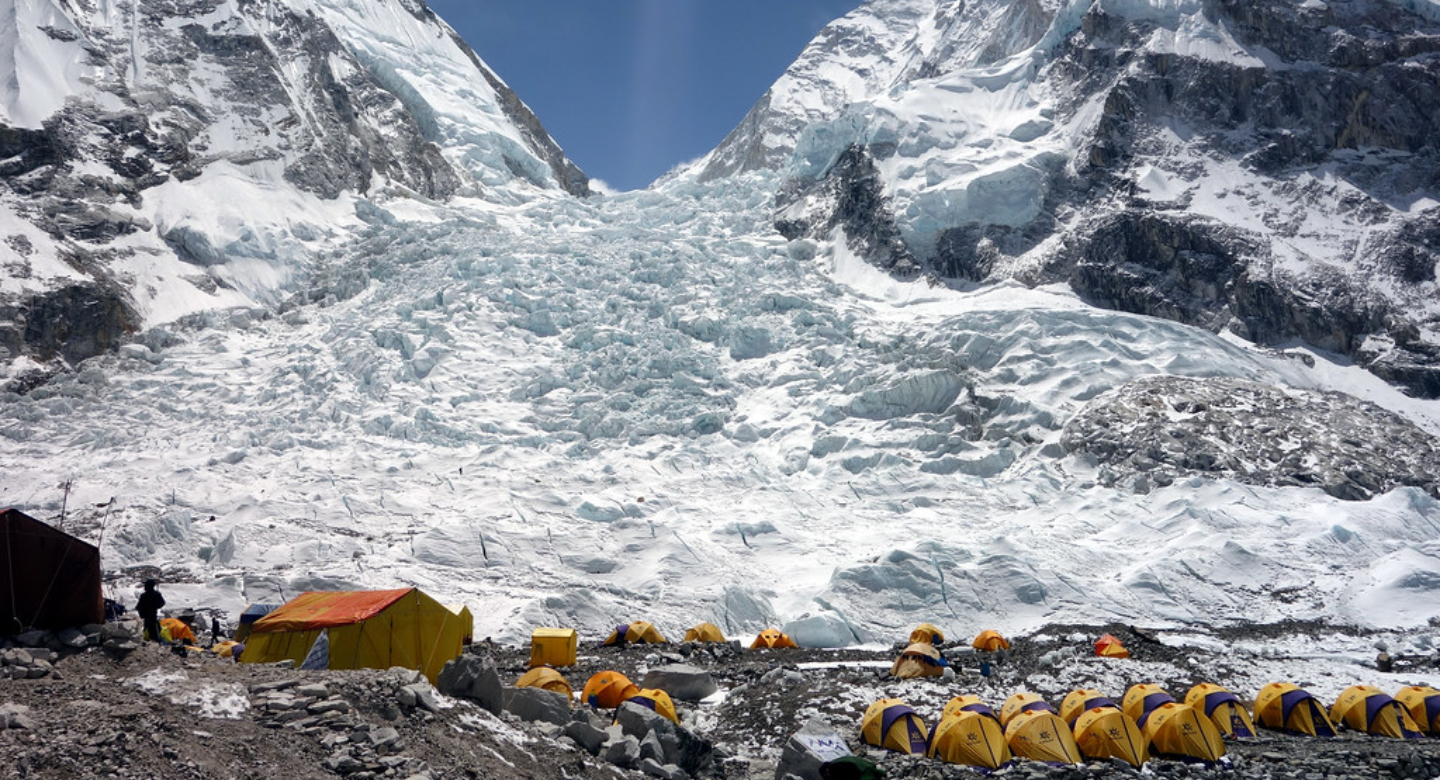
Acclimatize Properly
One of the most important things to keep in mind when trekking at high altitudes is to acclimatize properly. If you suddenly jump from low altitudes to high, your body might struggle to adjust to the reduced oxygen levels, leading to altitude sickness. To avoid this, spend a day or more at intermediate elevations to allow your body time to adjust before moving higher. Taking it slow will help you avoid feeling nauseous, lightheaded, or restless during the night.
Stay Hydrated
Hydration is key when trekking at high altitudes. The air at high elevations is often drier, which can lead to dehydration, exacerbating altitude sickness symptoms. Make sure to drink plenty of water throughout the day, especially as you climb higher. Proper hydration helps your body cope with the lack of oxygen, and it can also improve your sleep quality, helping you avoid headaches or discomfort at night.
Use Extra Insulation
Nights at high altitudes can be cold, even during the warmer months. The temperature can drop drastically, which might leave you shivering and struggling to stay warm in your tent. To ensure a good night’s sleep, be sure to add extra layers of clothing or use a sleeping bag rated for colder temperatures. Consider bringing a thermal liner for additional warmth or using an insulated sleeping pad to prevent heat loss from the ground.
Handling Unfamiliar Sounds
One of the unique challenges of sleeping in a tent is the constant exposure to unfamiliar sounds. Whether it’s the wind rustling through trees or distant animals making noises, these sounds can be unsettling for some trekkers. Here’s how to cope:

Recognize Normal Sounds
A big part of dealing with unfamiliar sounds is understanding which ones are normal and harmless. Wind rustling through leaves, the occasional chirp of crickets, or the distant call of animals are all natural sounds of the wilderness. Recognizing these noises and accepting that they are part of the outdoor experience can help calm your nerves. Over time, your brain will become more accustomed to these sounds, and they’ll become less disruptive.
Use White Noise Apps
If you’re sensitive to noise or simply need something to drown out the unfamiliar sounds of nature, white noise apps can be a lifesaver. These apps play a continuous sound, like rain or ocean waves, which can help mask disruptive noises and create a soothing environment for sleep. Alternatively, some trekkers find comfort in familiar sounds like music or a podcast. Just make sure to use headphones so you don’t disturb others in the area.
Sleeping in Group Camps
Group camps are common on popular trekking routes, and while they offer a chance to meet fellow adventurers, they can present challenges when it comes to getting quality sleep in a tent. Here’s how to make the best of a shared camping environment:

Respect Quiet Hours
When camping with a group, it’s important to respect quiet hours after dark. Other trekkers may be trying to sleep or rest, so keeping noise levels low is key. Avoid loud conversations, music, or any other disruptive sounds once the sun goes down. If you’re socializing with others, try to move away from the sleeping areas and keep the volume down. Being considerate of others’ need for rest ensures everyone can get the sleep they need for the next day’s trek.
Choose a Spot Away from the Group
In a group camp, there are often areas that are more high-traffic than others, near paths, campfire circles, or common spaces. If you’re hoping to get some quality sleep in a tent, choose a quieter spot away from the main group activities. A little distance from the crowd can make a huge difference in reducing the noise and disturbances that come with group camping. Set up your tent at the edge of the campsite, if possible, and make sure it’s away from areas where people might gather or pass by frequently.
Conclusion on How to Get Quality Sleep in a Tent During a Trek
Mastering how to get quality sleep in a tent during a trek ensures a better trekking experience. When you sleep well, you wake up refreshed and ready for the day’s adventure. The right tent, sleeping bag, and proper campsite selection play a key role in ensuring quality sleep in a tent. Additionally, wearing the right clothing, managing temperature, and following a calming bedtime routine significantly improve sleep during trekking. These small changes help you adjust to the outdoor environment and make your nights more restful.
By implementing these strategies, you’ll never struggle with how to get quality sleep in a tent during a trek again. No matter the conditions—cold, heat, noise, or altitude—you’ll be prepared for a good night’s rest. Trekking should be enjoyable, and a well-rested body allows you to fully immerse yourself in the beauty of nature. Happy trekking and sweet dreams under the stars!
Explore More
Common Trekking Injuries and How to Prevent Them
Blisters and Foot Care: How to Keep Your Feet Happy on a Trek
Frequently Asked Questions (FAQs) on How to Get Quality Sleep in a Tent During a Trek
How can I make my tent more comfortable for sleeping?
Start by choosing a flat, sheltered campsite away from water sources and strong winds. Use a sleeping pad or inflatable mattress to cushion the ground. Clearing rocks and debris from under your tent will also prevent discomfort while sleeping.
What type of sleeping bag is best for trekking?
The best sleeping bag depends on the season and temperature of your trek. Choose a bag with a temperature rating lower than the expected nighttime temperature for warmth. Down sleeping bags are lightweight and insulating, while synthetic bags perform better in damp conditions.
How do I stay warm in a tent during cold nights?
Wear dry thermal layers, thick socks, and a beanie to retain body heat. Use a sleeping bag liner for extra insulation and place a warm water bottle inside your sleeping bag. Eating a light snack before bed also helps generate body warmth.
What should I wear to sleep while trekking?
Wear moisture-wicking and breathable thermal layers that keep you warm without making you sweat. Avoid bulky clothing, as it can restrict movement and reduce the efficiency of your sleeping bag. Always change into dry clothes before sleeping to prevent feeling cold.
How do I block out noise when sleeping in a tent?
Use earplugs to reduce noise from the wind, animals, or snoring tentmates. Camping away from noisy areas, like rivers or group campsites, helps minimize disruptions. If earplugs are uncomfortable, listening to soft music or white noise on your phone can also help.
How do I keep my tent cool in hot weather?
Set up your tent in a shaded area and open all vents and doors for airflow. Use a lightweight sleeping bag or just a sleeping bag liner instead of heavy blankets. Staying hydrated throughout the day will also help your body regulate its temperature at night.
How can I deal with sleeping at high altitudes?
Acclimatize by spending a day at a mid-altitude before trekking higher to let your body adjust. Drink plenty of water to reduce altitude sickness symptoms and avoid alcohol or caffeine before sleeping. Use extra insulation, as nights at high altitudes tend to be much colder.
What are the best ways to relax before sleeping in a tent?
Engage in light stretching to relax your muscles and prevent cramps. Reading, meditating, or listening to calm music can help ease your mind before bed. Avoid screens before sleeping, as blue light from phones can interfere with melatonin production.
How do I prevent waking up to go to the bathroom at night?
Avoid drinking large amounts of liquids right before bed, but stay hydrated throughout the day. Empty your bladder before getting into your sleeping bag to reduce nighttime disturbances. If needed, keep a pee bottle inside the tent for emergencies.
What should I do if I still struggle to sleep during trekking?
Adjust your sleeping position and make sure your tent is properly ventilated to avoid discomfort. Stick to a consistent sleep schedule and use familiar bedtime routines like reading or meditating. If trekking in extreme conditions, using melatonin supplements or herbal teas may help improve sleep quality.


